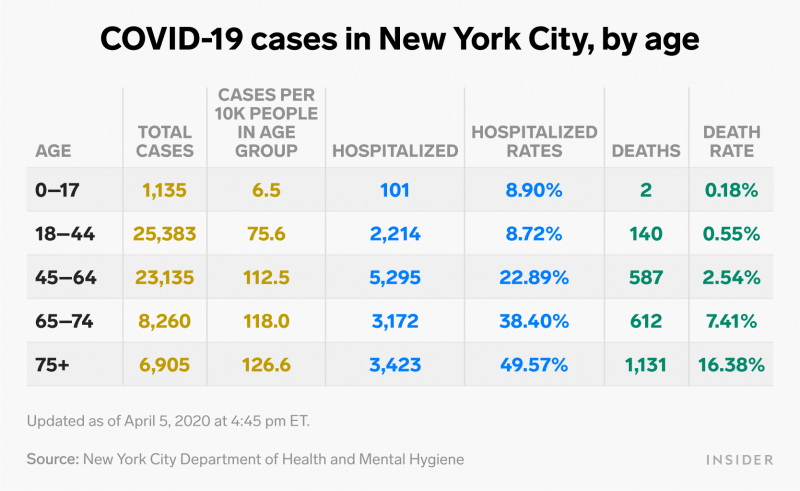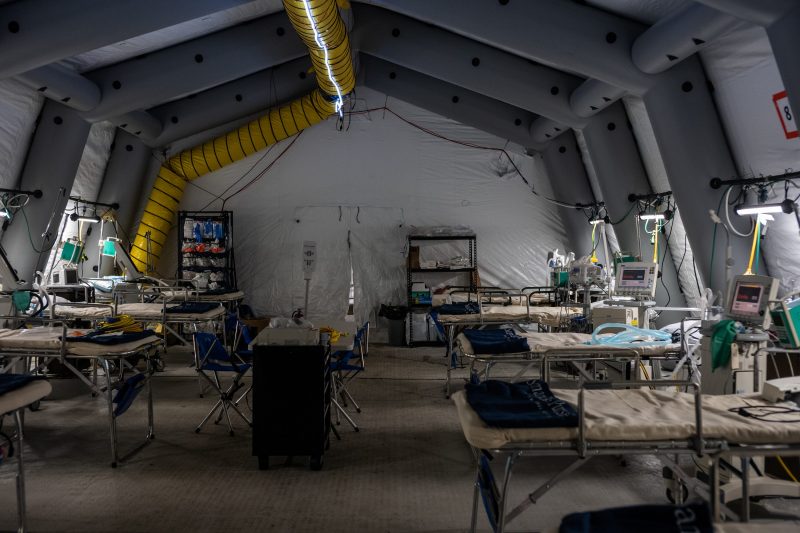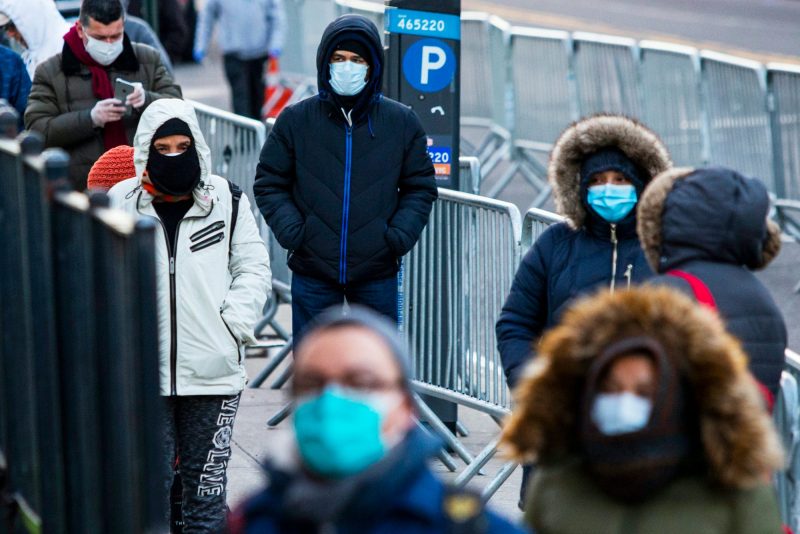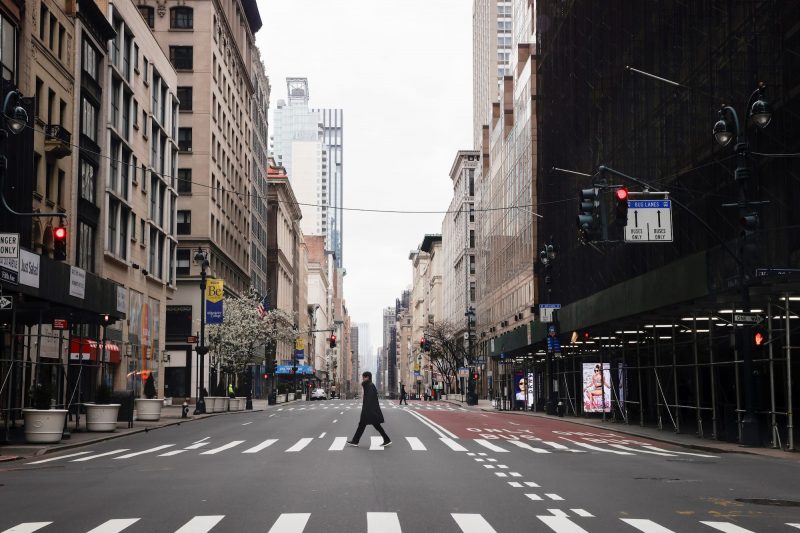- New York City is the epicenter of the coronavirus outbreak in the US.
- The city has reported nearly 65,000 coronavirus cases and 2,500 deaths since its first case was confirmed on March 1.
- The number of new confirmed cases in New York City each day remains in the thousands – more than 4,100 new cases were reported on Sunday.
- Here’s what we know about the ages, locations, and genders of the New Yorkers who have been infected, hospitalized, or died.
- Visit Business Insider’s homepage for more stories.
New York City has reported about 20% of the US’s coronavirus cases.
Nearly 65,000 people in the city have been infected (though that’s only those who have been tested), and at least 2,472 people across New York’s five boroughs have died – accounting for one-quarter of all US COVID-19 deaths. The city reported its first case on March 1.
New York City’s Department of Health and Mental Hygiene releases daily summaries of COVID-19 cases, deaths, and hospitalizations across the city. The reports show how the city’s outbreak is progressing and highlight the extent to which elderly New Yorkers are being hospitalized.
Here’s the current breakdown:

New York City cases, hospitalizations, and deaths by age
New Yorkers older than 75 have the largest number of COVID-19 cases per capita, as well as the highest coronavirus-related hospitalization rate: 50%. The death rate in that age bracket - which is calculated by dividing the number of fatalities by the number of total cases - is more than 16%.
City residents between 64 and 74 years old have the next-highest hospitalization rate: about 38%. That means roughly four out of every 10 people in that group who are confirmed to have the coronavirus have to go to a hospital. That age group's death rate, however, is less than one-half of that of New Yorkers older than 75.
The data also shows that New Yorkers younger than 17 face less risk - about 1,135 cases have been reported in the age group, and only 9% of those cases involved hospitalization. Only two New Yorker under the age of 17 have died, though 140 people younger than 45 have.

The chart does not tell the full story of New York's coronavirus outbreak, however, because very few New Yorkers with milder cases of COVID-19 are getting tested. The Department of Health and Mental Hygiene website urges New Yorkers who think they have mild COVID-19 cases to stay home and not seek care.
"If you think you have COVID-19 and your illness is mild, you do not need to see your health care provider and you will not be tested," the site says. "Getting tested will not change what your provider will tell you to do to get better. They will tell you to stay home so you do not get others sick."
Those who receive coronavirus tests in New York City tend to have the most severe COVID-19 complications.
"Unless you are hospitalized and a diagnosis will impact your care, you will not be tested," the city's health department said.
That means many people's cases (and their demographic information) are not included in the data.
A further breakdown of NYC cases
As of Sunday, 54% of New York City's coronavirus cases were in men, according to data from city health officials.
About 34% of the city's cases (22,767 cases in total) were reported in Queens, making it the city's hardest-hit borough. Brooklyn reported 18,215 cases, or 27% of the city's total, followed by Manhattan and the Bronx, which reported about 14% and 20% of all New York City cases, respectively. Staten Island has reported 3,780 cases, or 6% of the city's total.

About 66% of the New Yorkers who have died from COVID-19 so far had confirmed underlying conditions, including diabetes, lung disease, cancer, heart disease, high blood pressure, and asthma.
New York's new cases per day
Between March 22 and April 5, the number of cases in New York City jumped from more than 10,700 to nearly 65,000: about a six-fold increase.
More than 4,100 new cases were reported on Sunday afternoon, marking the fifth day in a row that the number of new daily cases was above 4,000.
The best ways to slow the virus' spread are to test widely, isolate people who are ill, trace those with whom sick people had contact to find others who might have been exposed, quarantine anyone who may have been exposed to the virus, close schools and nonessential business, and encourage people to practice social distancing.

New York Gov. Andrew Cuomo signed an executive order on March 20 mandating that all nonessential businesses in the state keep their workers at home. The order instructed people to stay home and practice social distancing. It went into effect on March 22, and will extend through at least April 15.
